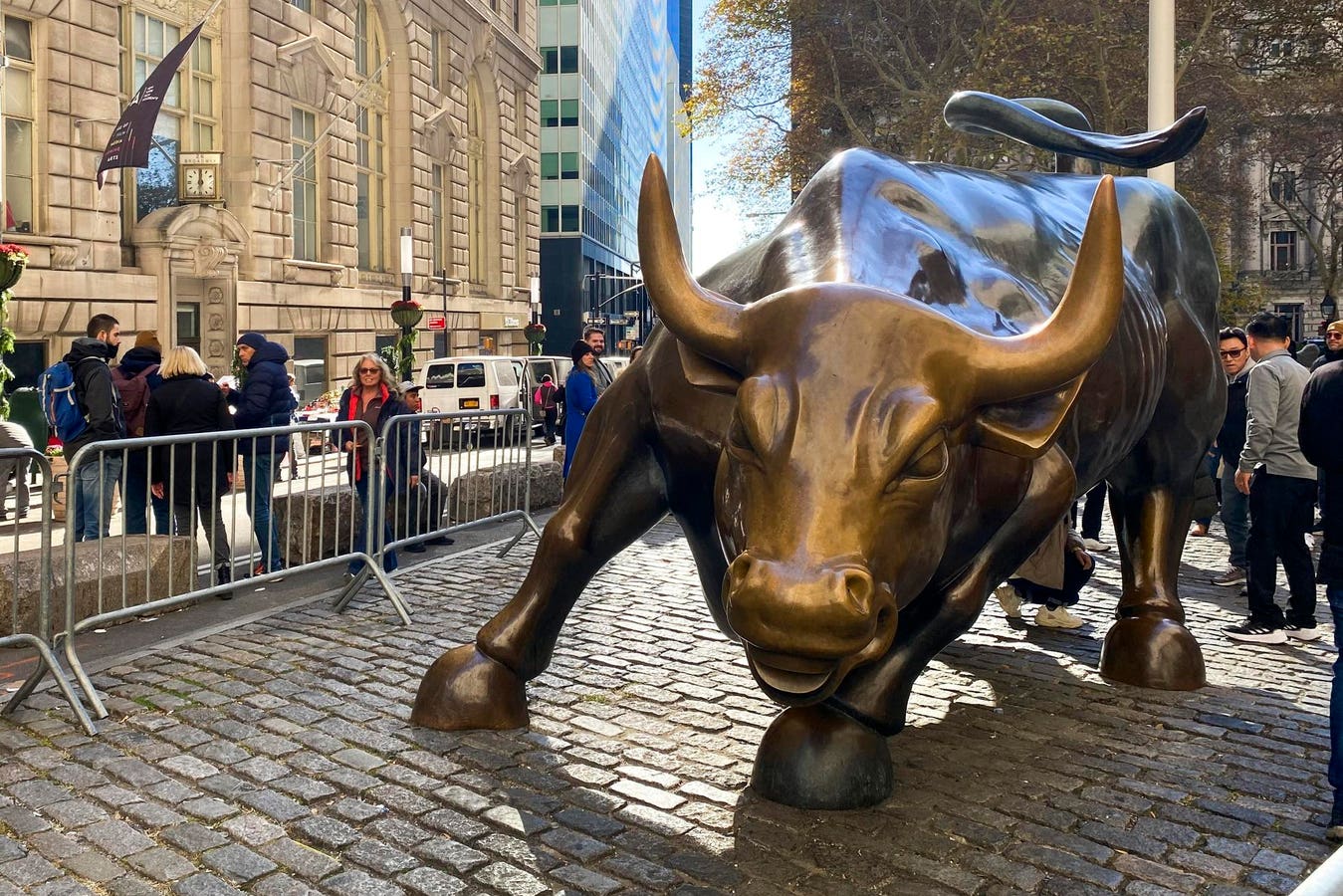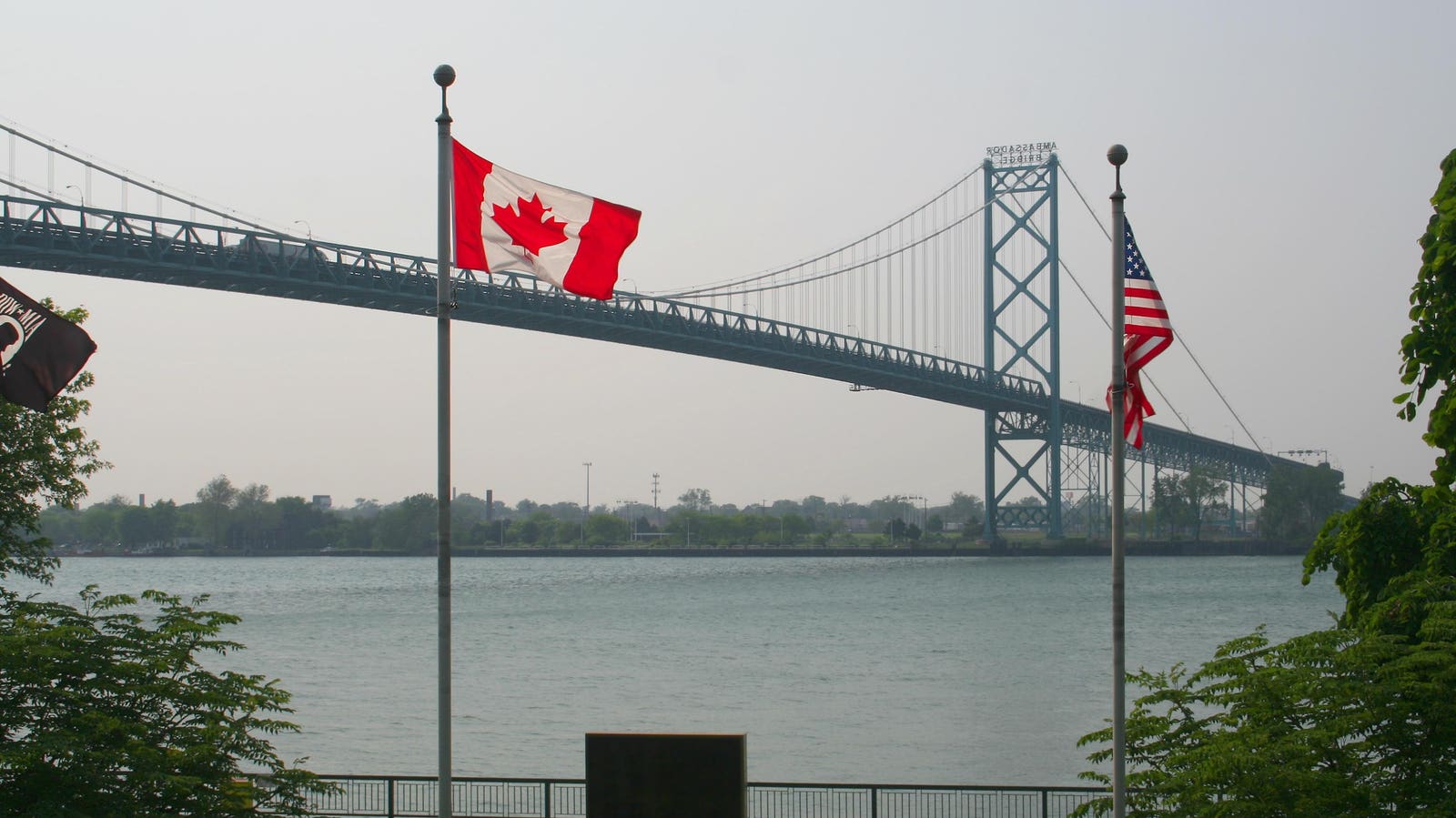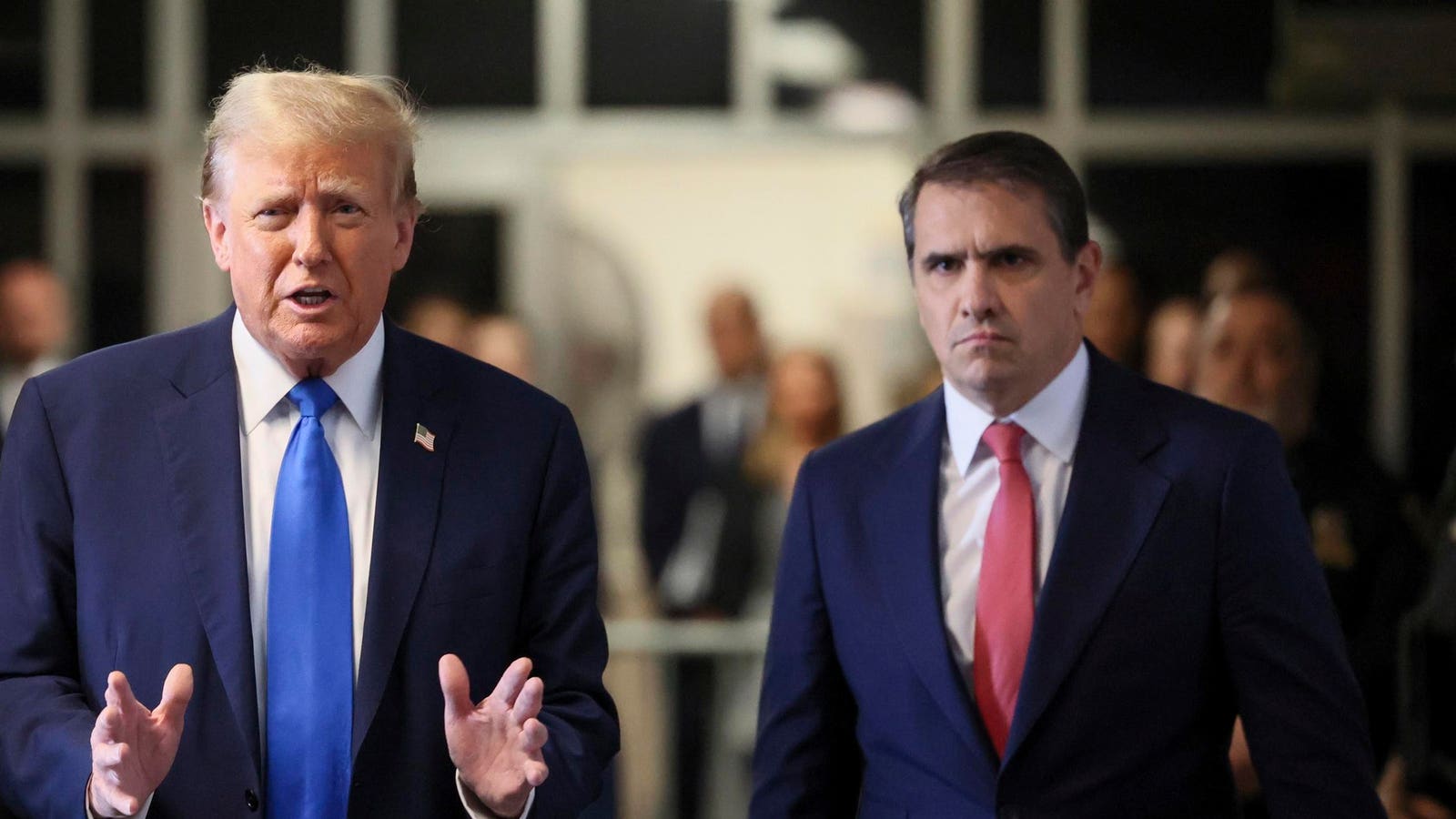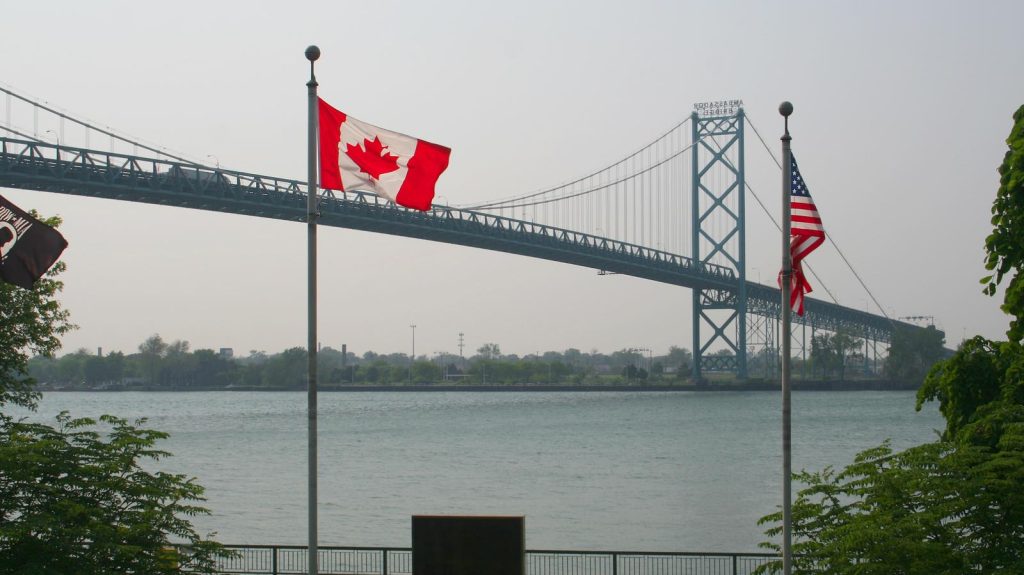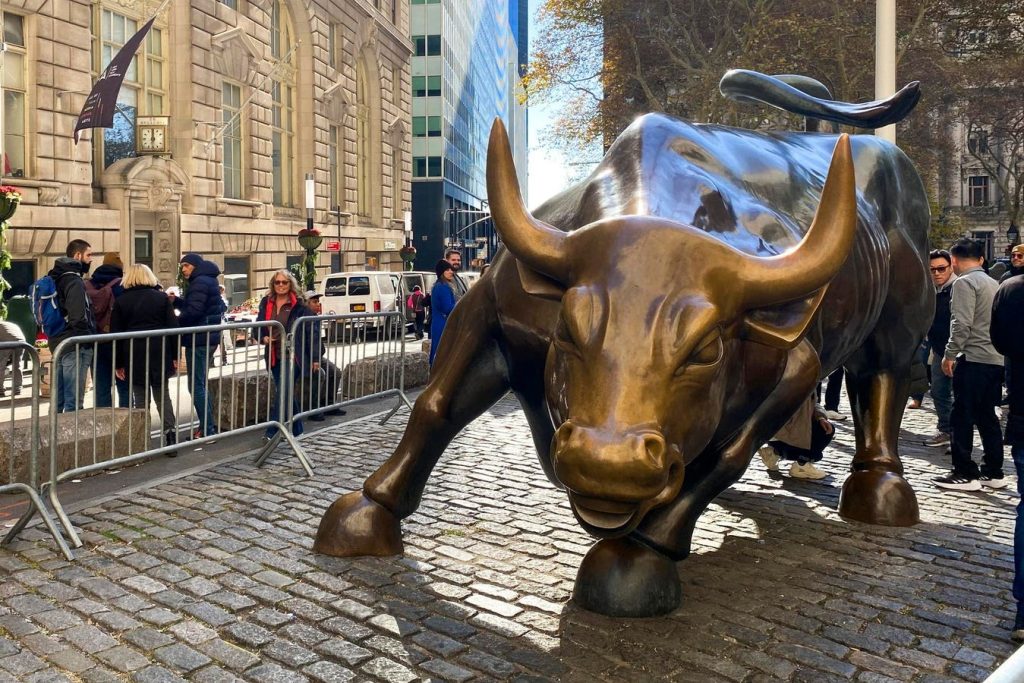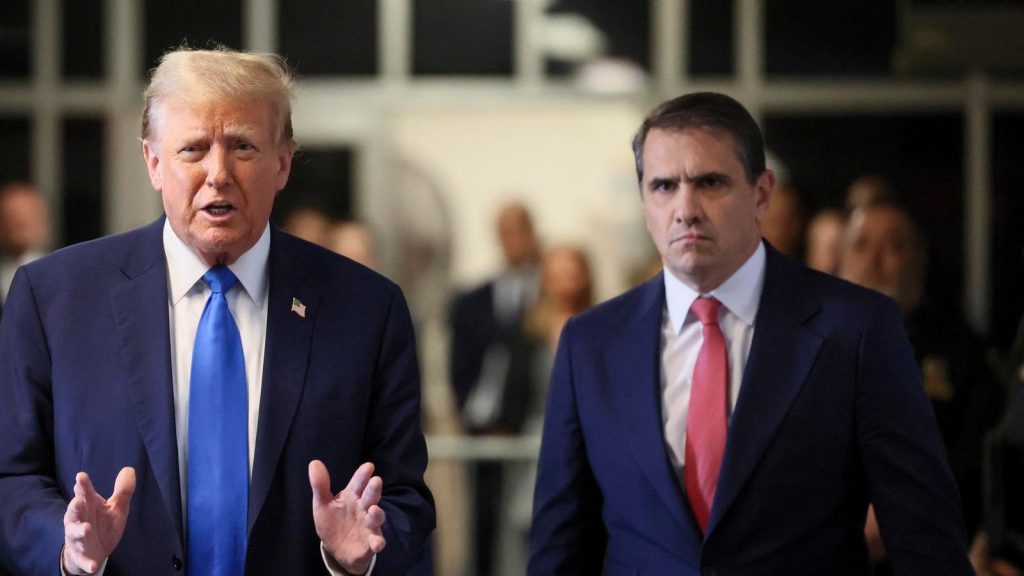Topline
Stocks surged across the board Monday as the U.S. and China’s trade war de-escalated significantly, and the most valuable American companies largely slumping from the Beijing vs. Washington standoff roared back to life.
Stocks surged Monday after a “dream scenario” for bulls emerged out of this weekend’s U.S.-China … More talks.
Key Facts
This weekend’s talks between Washington and Beijing officials in Geneva culminated in both countries cutting their tariff for at least the next 90 days, with the U.S. slashing its duties on Chinese goods from 145% to 30% and China cutting its levies on U.S. goods from 125% to 10%.
That led to a surge in global stocks as the most concrete evidence yet of Washington backing down from its most stark trade war plans, as the Hang Seng Index of Hong Kong-listed stocks soared 3% in Monday trading, with similar gains across U.S. indexes.
The blue chip Dow Jones Industrial Average popped 2.5%, or 1,000 points, while the benchmark S&P 500 jumped 2.8% and tech-concentrated Nasdaq ripped forward 4%.
The Dow, S&P and Nasdaq rose to their highest intraday levels since April 2, March 5 and March 3, respectively.
Leading the charge were the tech behemoths perhaps most reliant on a symbiotic relationship with the U.S. and China, as shares of Amazon (up 8%), Apple (5%), Nvidia (5%) and Tesla (6%) all outperformed the broader market.
Also rallying were the stocks of fellow “magnificent seven” constituents Alphabet (3%), Meta (6%) and Microsoft (1%).
Big Number
$670 billion. That’s about how much market capitalization the aforementioned seven tech giants added Monday, led by Amazon’s $170 billion surge.
Crucial Quote
“This morning is a huge win for the bulls” remarked Wedbush analyst Dan Ives in a Monday note to clients, saying the dramatic lowering of tariffs was a “dream scenario” for the U.S. tech industry.
Contra
As investors fled into riskier stocks, assets viewed as safe havens from the tariff-induced market slump struggled. Gold prices tumbled 3% to below $3,250 per troy ounce, the lowest level since April 10 and the largest single-day loss since November. Yields for 2-year and 10-year U.S. Treasury notes spiked by about 10 basis points apiece Monday, as the higher yields signify less valuable bonds as the safe returns of Treasuries prove less appealing in a more friendly operating environment for public companies.
Surprising Fact
The S&P is up almost 20% from its April 7 nadir, just ahead of President Donald Trump’s first tariff blink, but the U.S. equity yardstick is still down 3% since Trump’s January inauguration.
Key Background
Trump campaigned on raising tariffs and targeted Canada, China and Mexico with country-specific actions in his first two months, but the country-by-country tariffs he laid out during his April 2 “Liberation Day” event were far more hawkish than Wall Street anticipated. The S&P tanked 12% in the five trading sessions following that speech, which led to a chorus of economists warning the sudden, sharp rise in import costs could send the U.S. into an avoidable recession. Trump began to loosen his tariff belt April 9 when he paused much of the most severe duties for 90 days, though he didn’t show much leeway on Chinese levies until last week, when he floated an 80% tariff on Chinese goods, nearly three times as severe as the rate announced Monday. Apple, Nvidia and Tesla are among the American companies with the heaviest revenue exposure to China, which accounted for at least 17% of each of those companies’ 2024 sales, while Amazon relies on China as half of its third-party sellers originate from the country.
Tangent
Public companies mentioned “tariffs” on earnings calls this quarter more than twice as much as they did during any quarter in Trump’s first term, according to Morgan Stanley research, evidence of the more heightened concerns on bottom lines from this round of tariffs.

